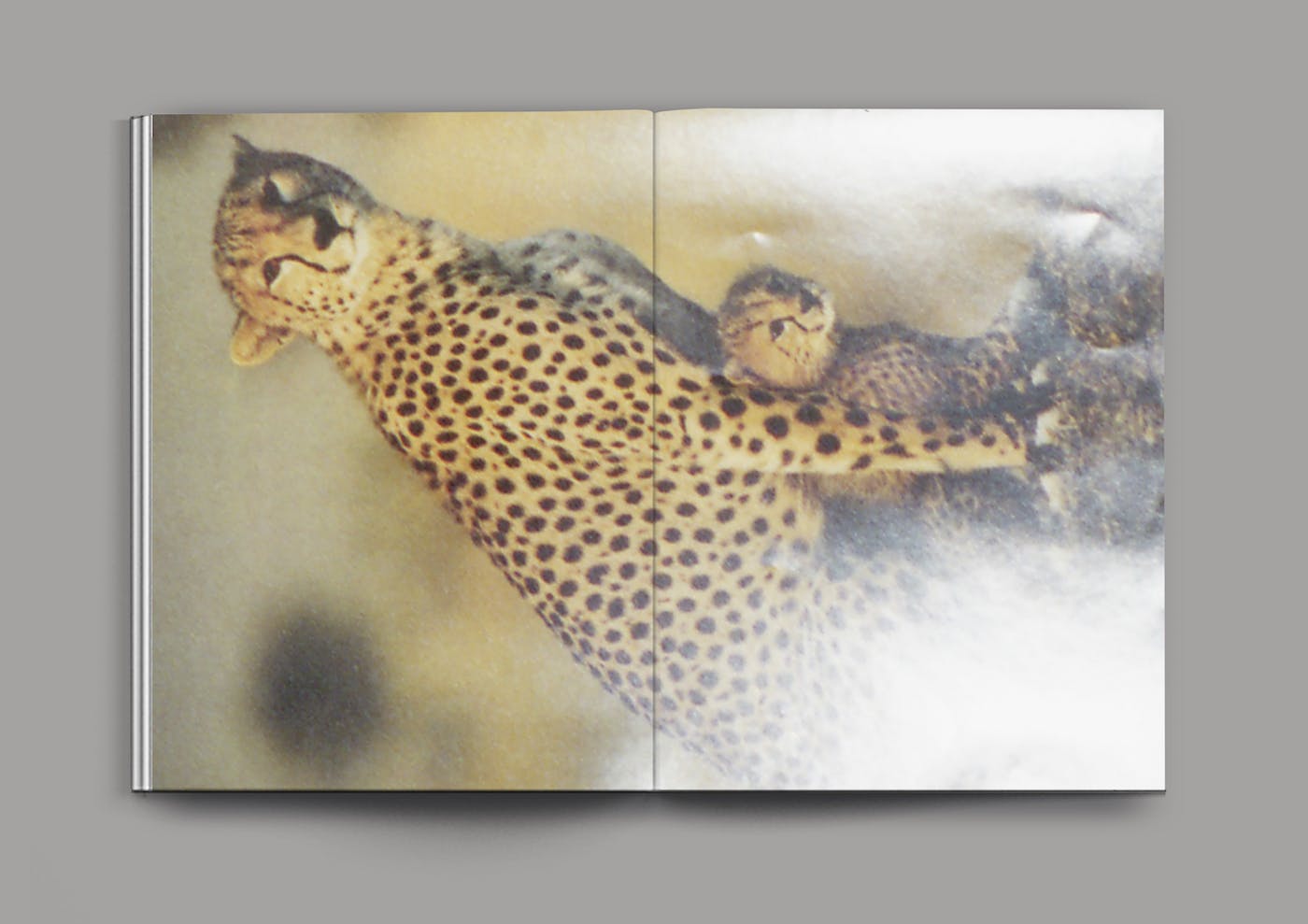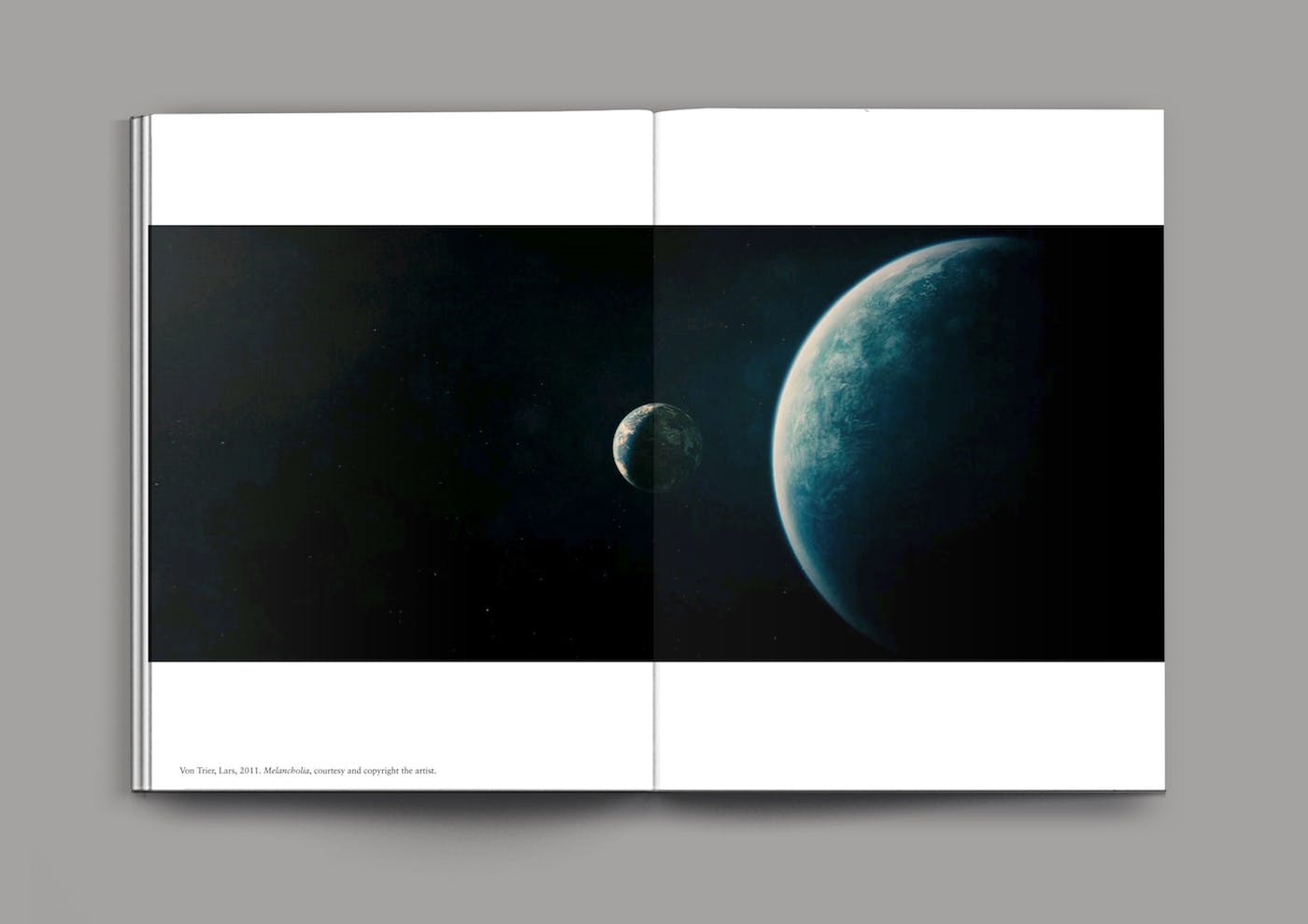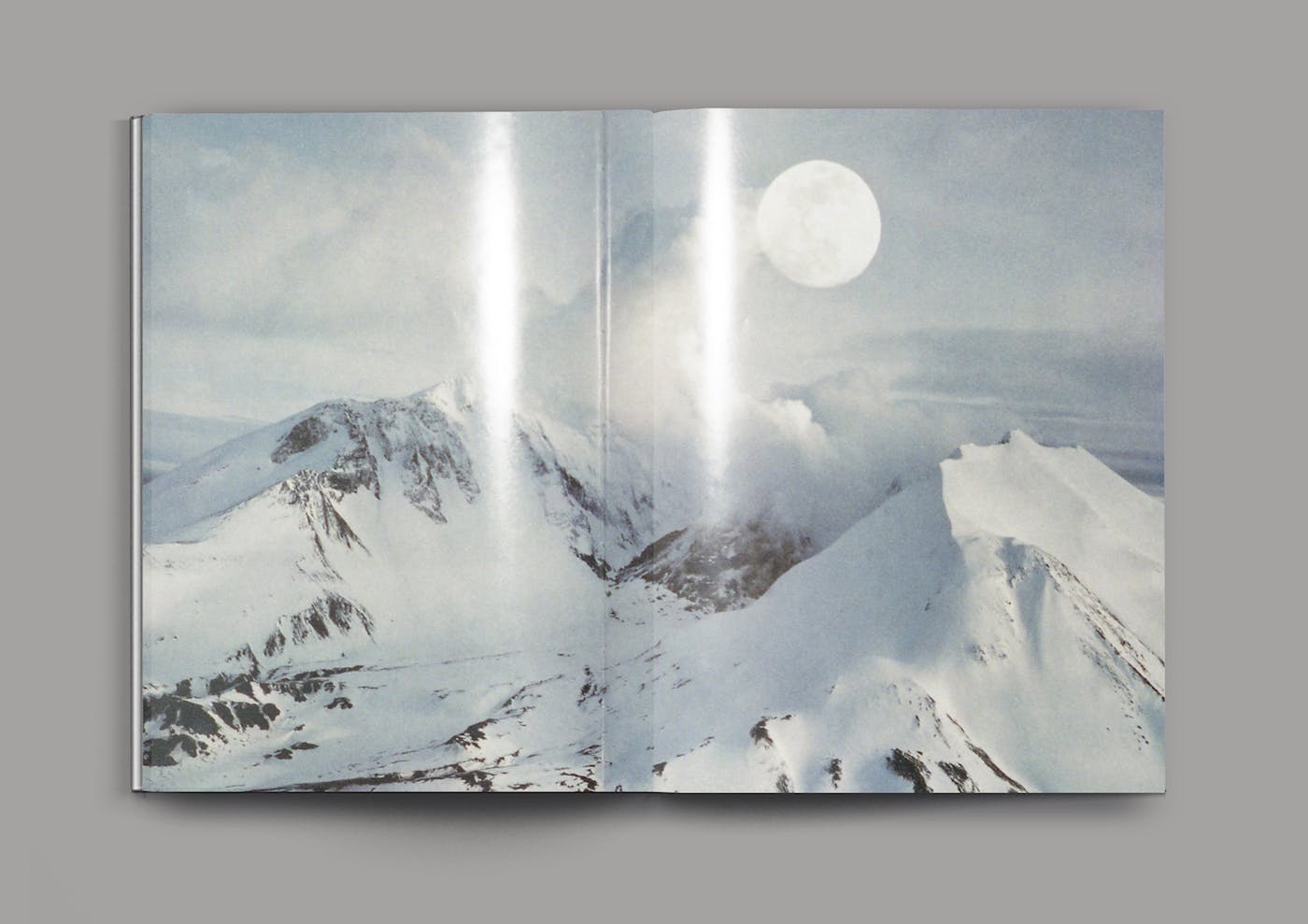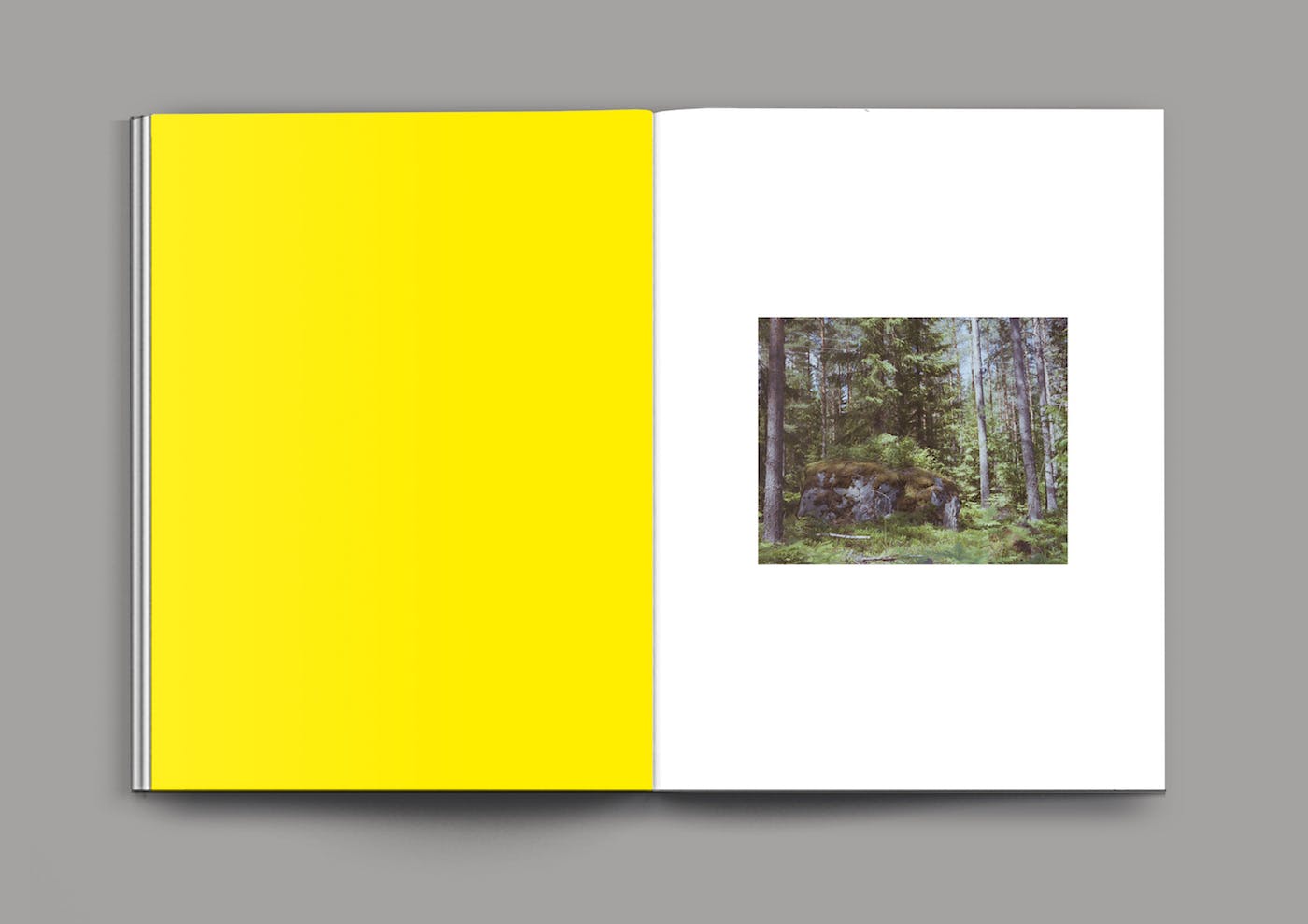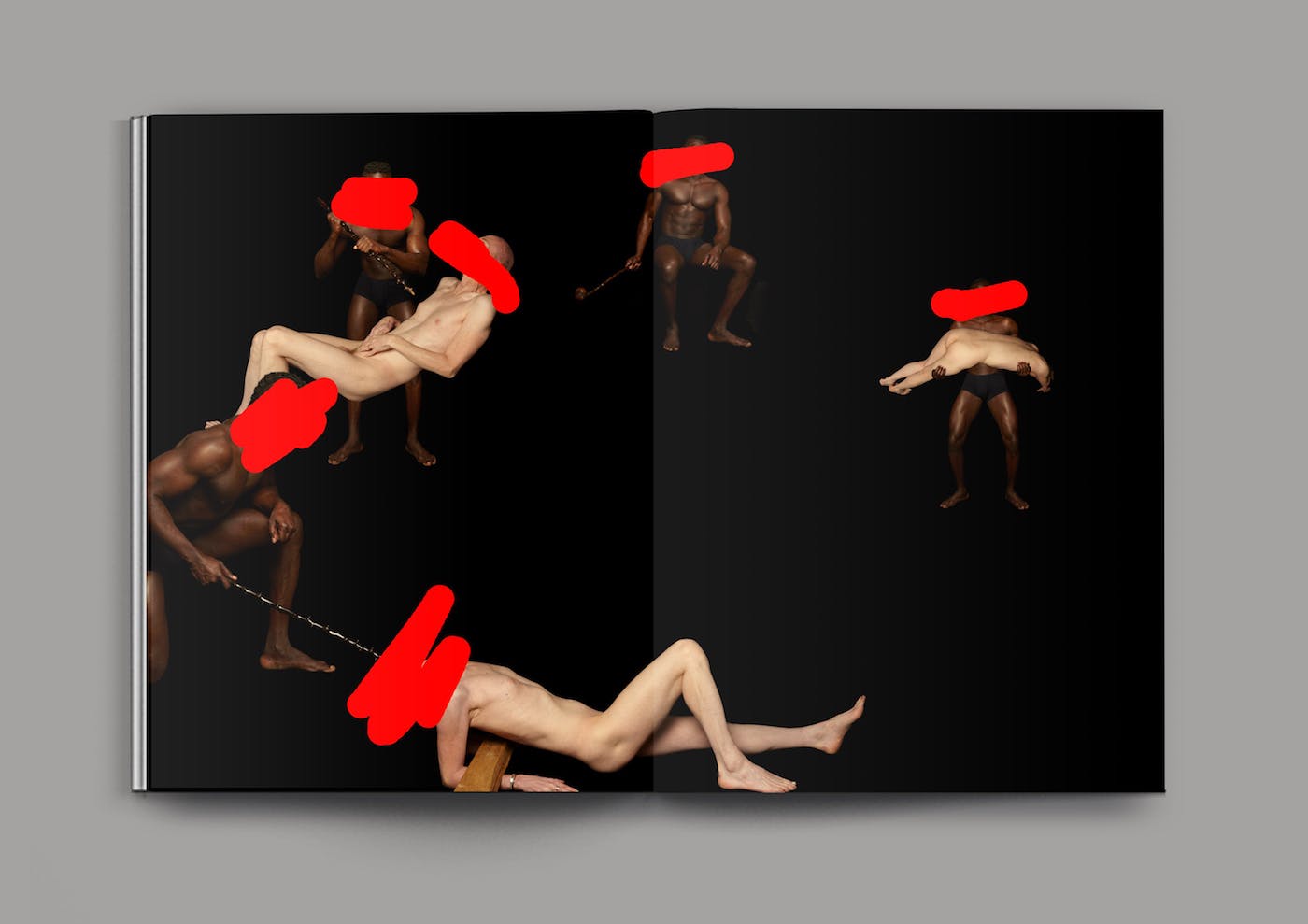Exploring the great NSFW beyond with Baron Magazine’s Death Book

How do you talk about something as complicated death? Should you even try? With a new publication of collected photography and illustration, Baron and Baroness Magazine founder Matthew Holroyd and photographer Edith Bergfors go some way toward answering both questions.
As well as the sprawling concept of death itself, The Death Book also uses the topic as a starting point for a visual language that explores and contorts commonly-held ideas of sexuality in the vein we have come to expect from the people behind Baron.
While the book also features work from illustrious contributors such as filmmaker Lars Von Trier and artist Damien Hirst, it is also a very personal venture for its editors: Matthew having experienced and come to terms with the loss of his father over the course of the project, Edith sourcing photographs of her now-passed grandparents, and the pair first having discussed the project after the death of Edith’s mother.
With all that in mind, we spoke to Matthew and Edith about the Death Book, social stigma around discussing death, and the question of approaching something that can never really be known until it’s too late.
What drew you to make The Death Book – what is it about the topic that fascinates you?
Matthew: My starting point was an interest in how ideas about death in visual culture are simulations, I was also very interested in exploring my own sexuality and found that death and sin had been used to construct ideas around what it is to be gay. The book was made over several years and I started this project not having much personal experience with death and by the end of the project I had experienced someone dying, through the passing of my father, who spent the last couple of years battling cancer.
Reflecting on the book and the final outcome the publication has no narrative and is a loosely connected series of images that are made over different periods. The earlier images included in the project are mainly made in reference to other theorists, philosophers and historical works about death, and the latter images that I conceptualised are more aligned with my own emotions/experiences.
Edith: Matthew and I began discussing the topic after the death of my mother. I found it easy to talk about the realities of it all with him. It was the first death that I had experienced, and there were a lot of “taboo” components to the process that I felt I couldn’t talk about, which was immediately interesting as a subject.
Death, though inevitable, is sill extremely stigmatised in the western world. Are you attempting to lift that veil slightly here and erode some of those barriers?
Matthew: I certainly wanted to make imagery about how death is used to stigmatise others. An example of this is the cover, featuring a gay escort dressed as the devil and the documentary clubbing images taken in a gay club. The inclusion of these images references homogeneous ideas around what it is to be gay.
Edith: I feel that the information-laden culture of today renders access to so much knowledge that we have become accustomed to the idea of finding “truth” easily. Yet, one’s own death is something that will never comprehend until it happens. In terms of the imagery in the book, the attempt was to create a sort of sketch-book of different ideas to reflect the aforementioned.
Do you find that people don’t want to talk about death – that they say it’s “too morbid”?
Matthew: I certainly experienced that myself with my father’s death and wanted to find something humorous or positive about his passing, when I discussed it. An example of this was organising his funeral: we had a very amusing funeral director, who was a bit like Jill from the comedy Nighty Night and was slightly inappropriate. Finding something humorous in such a morbid situation was surprisingly helpful to myself when I discussed it. However, of course, this really depends on the circumstances and person. A shocking tragedy is a completely different emotional experience to my experience.
Edith: Yes and no. I have personally found that people who have lost a close friend or relative tend to open up quickly once they realise I have too.
Did you find it interesting to get so many different responses on the topic? Were peoples view of death radically different to your own?
Matthew: One of our first research steps was to visit ‘The Death Café’ which is a meet-up of different people who are dealing with a recent death or who want to discuss death in general.
This was a fascinating encounter as lots in attendance were worried about their own mortality and feared dying, which felt very external to myself and somewhat inspired the inclusion of the portraits of Edith and myself in the book. The portraits of ourselves stylistically reference Hollywood actor/actress portraits and are about creating a posthumous image of oneself that conveys a certain message about status and leaving a lasting legacy.
Why should someone pick up a copy of The Death Book?
Edith: It is a limited edition of 500 copies and includes our own image-making as well as other contributors such as Palm d’Or-winning director Lars von Trier, Golden Lion-winning director Roy Andersson, Turner Prize-winner Damien Hirst, a letter from the musician Merle Allin to the serial killer Danny Rolling, conceptual artist Manabu Yamanaka, the documentary photographer Miron Zownir, conceptual artist Dallas Seitz and many more.
I also feel that the book has created work in new conceptual areas by using new media to create the book, an example of this is that the book ends with two QR codes for anyone to scan, just like a supermarket barcode and one can view a posthumous film that Matthew and I have made for each other.
